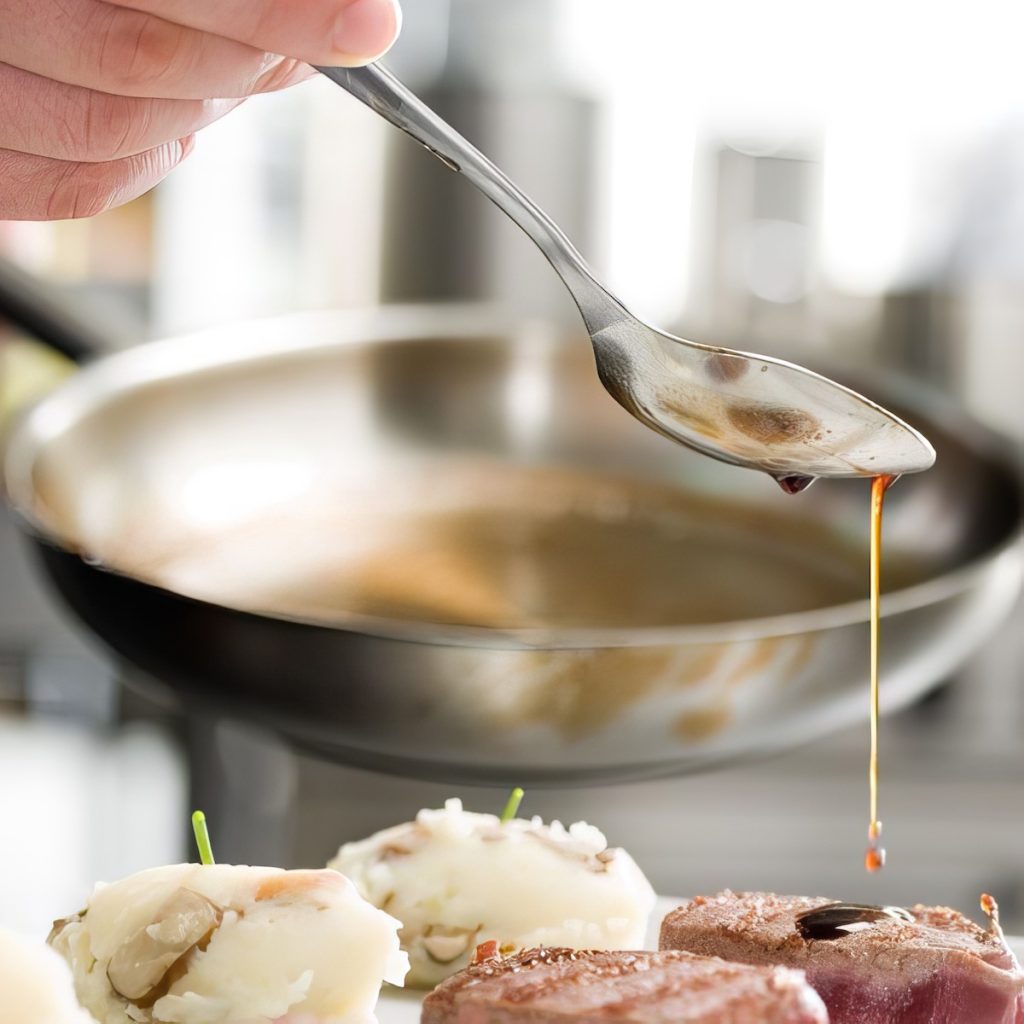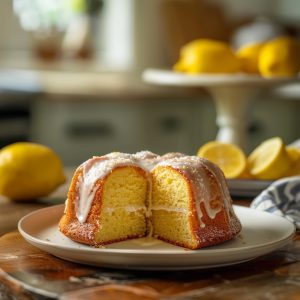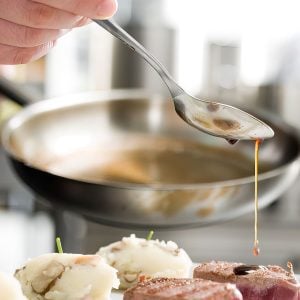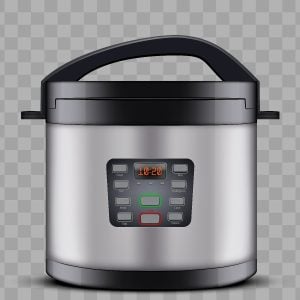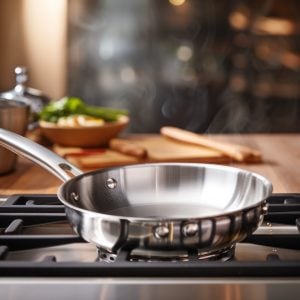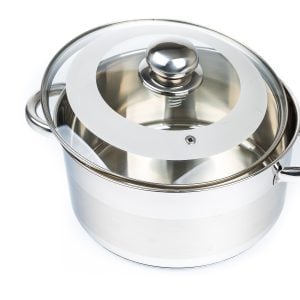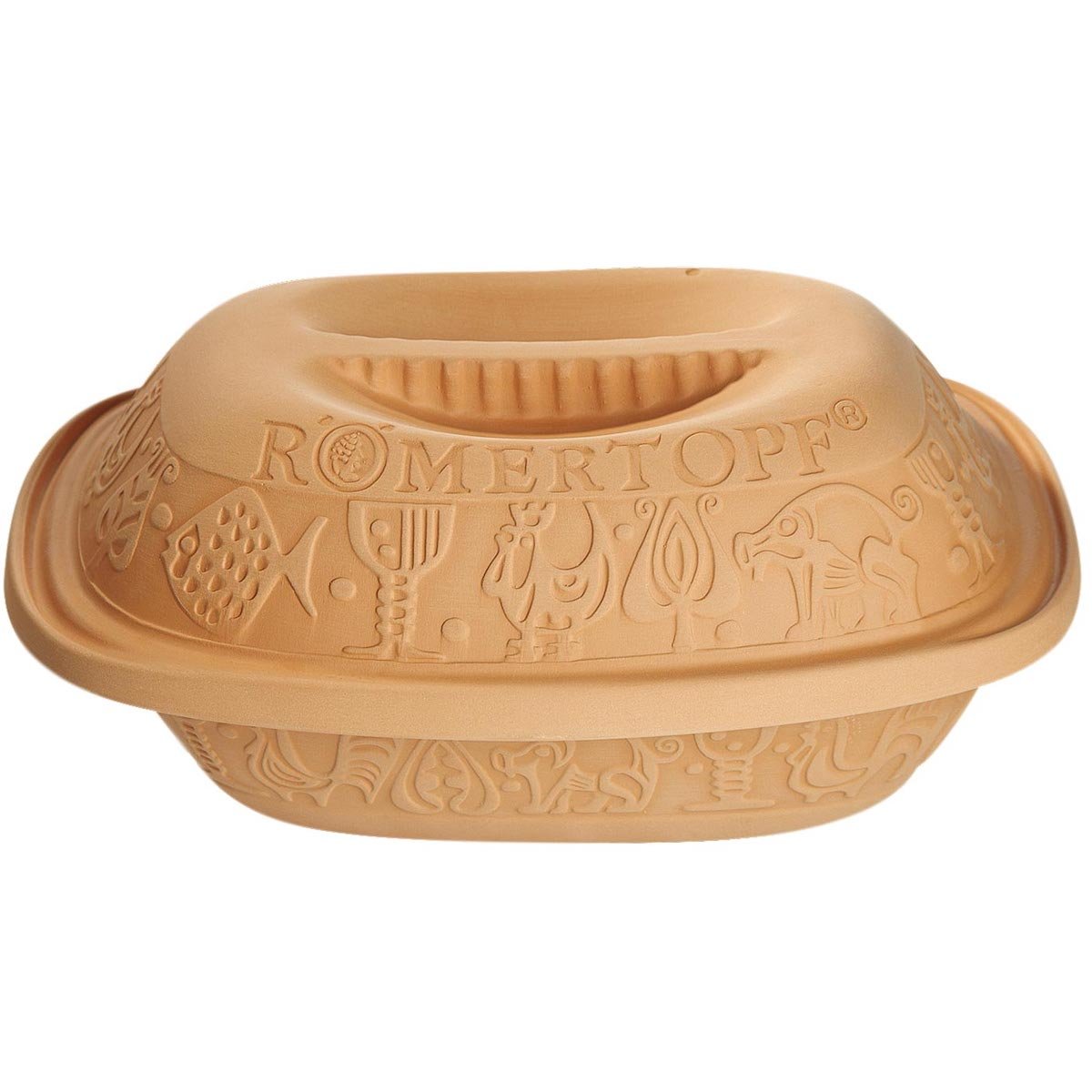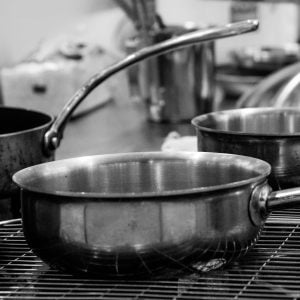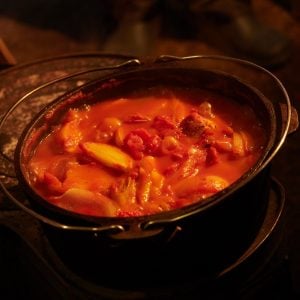Having the Right Equipment Makes a Difference
If you’ve ever tried making a silky béchamel with a dinner spoon and a prayer, you already know: great sauces demand the right tools. Sure, you could get by with what you have, but you also could use a flip-flop as a spatula—it doesn’t mean you should.
Making sauces is like jazz: it’s all about timing, technique, and the tools that help you hit the right notes. Whether you’re whisking up a velvety hollandaise or blitzing tomatoes into a smooth marinara, the five kitchen tools below are your new bandmates.
Enter the saucier pan—saucy by name, saucy by nature. Then there’s the chinois, a fancy strainer with a name that screams, “I take my gravy seriously.”
Add an immersion blender, a flat whisk, and a wooden spoon that’s seen things, and you’re in business. These aren’t just nice-to-haves—they’re the sauce squad that makes magic happen.
With them in your corner, you’ll stop fearing split sauces and start conquering them like a kitchen boss. So roll up your sleeves, grab your tools, and make something that would make even a French chef nod in approval (while pretending not to be impressed).
These tools aren’t just for fancy French sauces. They help you nail classics like gravy, tomato sauce, or a quick vinaigrette. Mastering sauce-making starts with knowing what to reach for in your kitchen. Let’s take a closer look at these essential tools and why they matter.
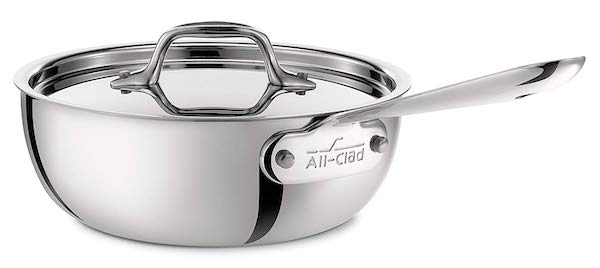 A saucier pan makes sauce-making faster, easier, and cleaner. It looks like a saucepan but works better for sauces. Its rounded bottom and wide rim help you whisk without missing corners. That shape also makes pouring smooth, with fewer spills and splashes.
A saucier pan makes sauce-making faster, easier, and cleaner. It looks like a saucepan but works better for sauces. Its rounded bottom and wide rim help you whisk without missing corners. That shape also makes pouring smooth, with fewer spills and splashes.
The saucier’s tall, sloped sides give you extra space to stir. This helps you create velvety sauces without worrying about messy boilovers. Plus, the higher sides contain splatters, so your stovetop stays cleaner.
You’ll find sauciers in different materials, and each has benefits. Stainless steel lasts forever and resists rust. Aluminum heats quickly and feels lightweight. Copper delivers even heat but costs more and needs extra care.
Choosing the right saucier matters. Smaller sauciers work well for sauces and reductions, while larger ones handle soups and stews. Also, check your stove type. Some materials, like copper, won’t work on induction stoves.
Every home cook needs a saucier. It’s essential for smooth gravies, creamy custards, and rich reductions. Whether perfecting a hollandaise or simmering a soup, the saucier helps you do it better—and with less hassle.
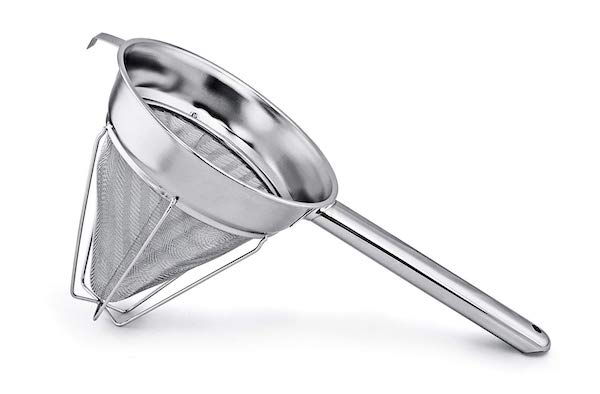
A chinois is a type of strainer that is typically used in professional kitchens and is often made of stainless steel or another durable material. It has a conical shape with a fine mesh screen at the bottom, which allows for the smooth, even straining of sauces, soups, and other liquid dishes.
One of the main benefits of using a chinois is its ability to remove small particles, seeds, and other unwanted solids from liquids, resulting in a smooth and refined texture. It is often used in conjunction with a pestle or wooden spoon to push the solids through the fine mesh screen, ensuring that only the desired liquid passes through.
In addition to straining liquids, a chinois can also be used to puree soft foods, such as fruit or vegetables. Simply place the food in the chinois and use a pestle or spoon to press it through the fine mesh screen, creating a smooth puree.
A chinois is an essential tool for any professional chef, as it allows for precise and efficient straining and pureeing of ingredients. It is also a useful tool for home cooks who want to create smooth, velvety sauces and soups without any unwanted solids.
When using a chinois, it’s important to be gentle and avoid applying too much pressure, as this can damage the fine mesh screen and result in unwanted solids passing through. It’s also important to clean the chinois thoroughly after use to prevent any food particles from getting stuck in the mesh screen.
In conclusion, a chinois is a valuable tool for any cook who wants to create smooth, refined sauces, soups, and purees. Its fine mesh screen and conical shape make it perfect for straining and pureeing a variety of ingredients.
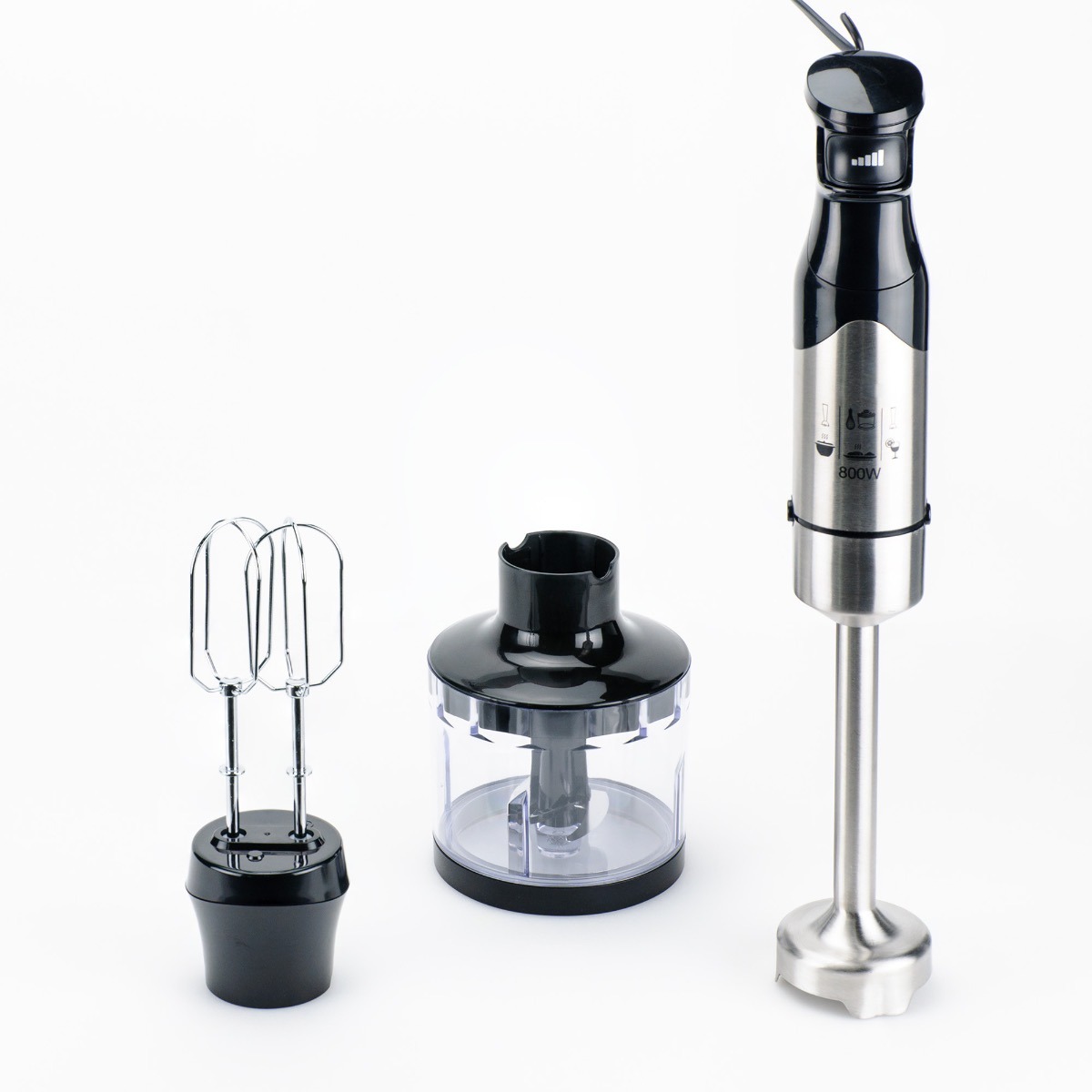
A long immersion blender only found in restaurant kitchens, small versions of the sometimes 2-foot-tall powerful “Bermixers” (Electrolux’s commercial immersion blender, now kitchen slang for any large immersion blender) have made huge inroads in home kitchens, and for good reason.
Rather than dealing with the mess and possible injuries from transferring hot liquids to a blender in batches, an immersion blender can puree a huge pot of sauce with no transfer necessary. Just immerse it in the sauce and blend, moving the mixer all around the pot, until the sauce is as smooth as you want it….continue reading about Immersion Blenders
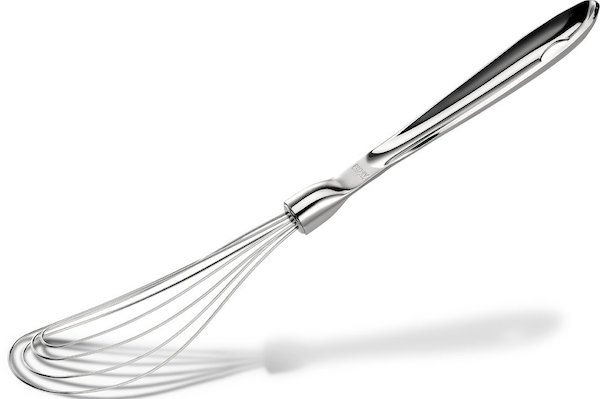
A whisk with looped metal wires attached all in the same plane, thus presenting a flat profile. Flat whisks can aerate and stir; sometimes, you don’t want bubbles in your sauce. In these instances, a flat whisk is the perfect tool. It allows you to stir with the whisk flat against the bottom of the pan, preventing both bubbles in your sauce from sticking….continue reading about whisks
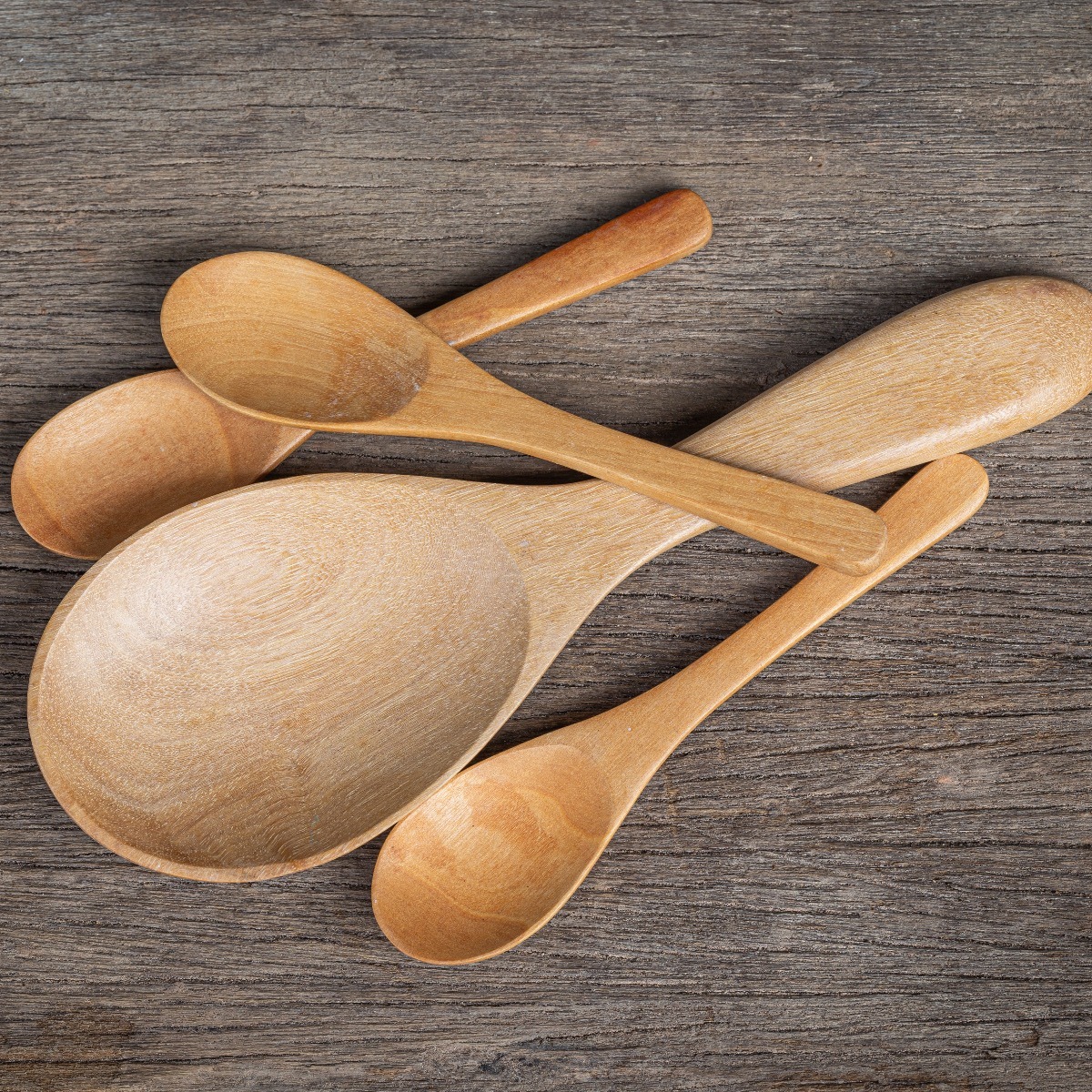
Purchase wooden spoons that have substantial handles that are made of one solid piece of carved wood. Wooden spoons are great for long stirring sessions since they don’t make noise in the pan, are comfortable to hold and don’t transfer heat from a hot sauce to your hand….continue reading about wooden spoons

